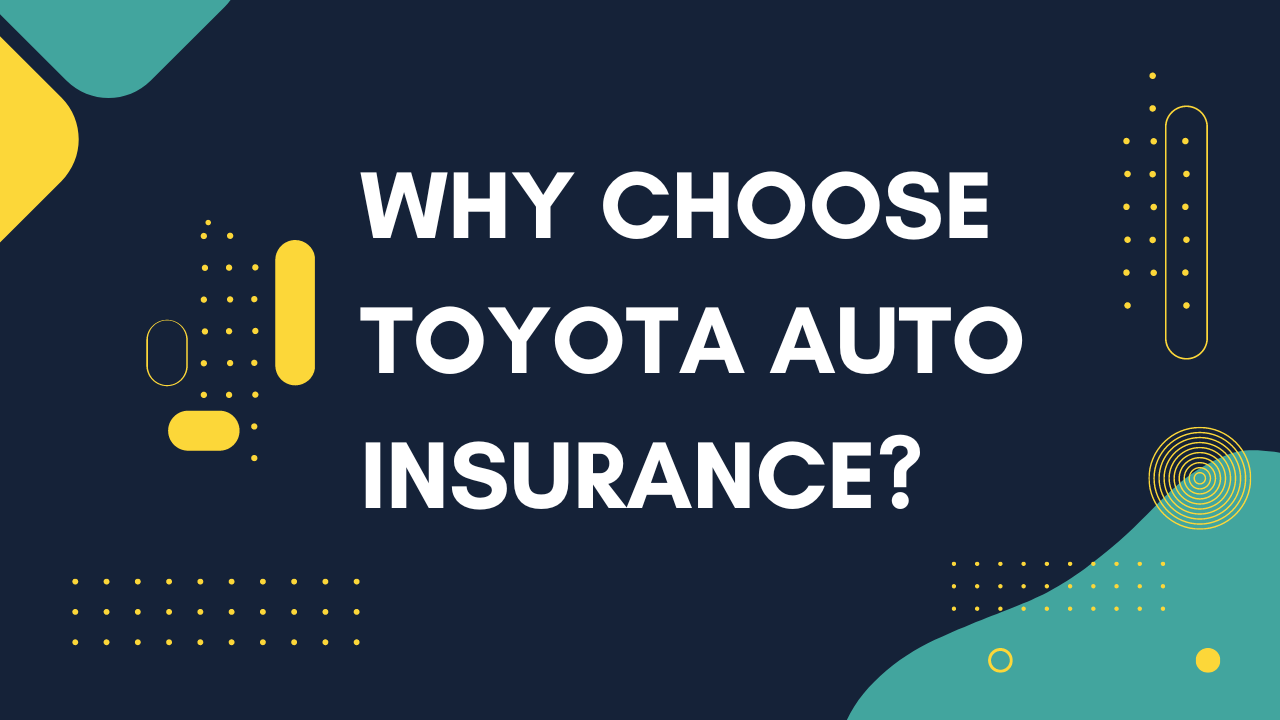Comprehensive Insurance Coverage in Auto Insurance: Being aware of the subtle differences between each policy and coverage choice is essential for prudent car ownership in the ever-changing world of auto insurance. Comprehensive coverage vehicle insurance provides an additional layer of protection against a variety of unanticipated situations, while liability insurance serves as the legally required base. We explore the nuances of comprehensive coverage in this in-depth analysis, looking at its features, need, and reasons that any conscientious driver should give it some thought.
One key aspect of comprehensive coverage is that it typically includes protection against theft, vandalism, and natural disasters, making it a valuable option for those looking to safeguard their vehicle. Additionally, understanding the specific limits and deductibles associated with comprehensive coverage can help drivers make informed decisions when selecting the right insurance policy for their needs.
What is Comprehensive Insurance Coverage in Auto Insurance?
One aspect of vehicle insurance that goes beyond the basic liability coverage is comprehensive coverage. Comprehensive coverage adopts a more comprehensive approach, whereas liability insurance only covers harm you do to other people in an event when you are at fault. By offering protection against damages to your own car arising from non-collision accidents, it protects your investment.
This can include damage from natural disasters, theft, vandalism, or hitting an animal. Comprehensive coverage can provide peace of mind knowing that your vehicle is protected in a variety of scenarios beyond just accidents involving other drivers.
Key Features of Comprehensive Insurance Coverage:
- Protection From Natural disasters: One of the key characteristics of comprehensive coverage is that it includes coverage for losses brought on by natural catastrophes. Even while they may not happen often, natural disasters like hurricanes, tornadoes, and earthquakes can have disastrous effects. The financial consequences of such events are mitigated for your car with comprehensive coverage.
- Coverage for Vandalism and Theft: Vehicle owners may unfortunately have to deal with auto theft and vandalism. If your automobile is stolen or vandalized, comprehensive coverage will help lessen the financial impact by paying for replacement or repair expenses.
- Animal Collisions: A car may sustain serious damage in an animal collision, such as one involving a deer. Your vehicle’s comprehensive coverage expands its protective canopy to include replacement or repair costs in the event that an animal-related accident results in damage to your car.
- Glass Damage: Comprehensive coverage frequently covers glass damage, such as a shattered windshield, in addition to collision-related damage. Considering the cost of fixing or replacing vehicle glass, this function might come in rather handy.
- Missiles and Falling items: Extensive coverage covers a variety of situations, such as harm from flying debris or falling items. This coverage makes sure that your automobile is protected in a variety of scenarios, such as when a tree limb falls on your parked car or when an unexpected projectile causes damage.
Is Comprehensive Insurance Coverage Necessary?
While most nations do not have legal requirements for comprehensive coverage, the possible financial consequences of not having it highlight how important it is. When non-collision events occur, people may be left entirely liable for the expenses of maintaining or replacing their car if they do not have comprehensive coverage. This financial burden is especially heavy in light of the high expenditures associated with many of these unanticipated catastrophes.
Furthermore, as a condition of the loan agreement for financed or leased cars, lenders frequently demand complete coverage. This highlights the wider industry recognition of the significance of comprehensive coverage and protects the lender’s financial interest in the car.
Understanding the Costs and Value Proposition:
It’s important to weigh the benefits of comprehensive coverage against its accompanying expenses when thinking about adding it to your vehicle insurance policy. The possible advantages in the case of covered accidents might significantly outweigh the increased costs associated with comprehensive coverage, even if it may raise the total price.
Numerous variables, like as the vehicle’s make and model, the policyholder’s location, and their unique driving history, affect the cost of comprehensive coverage. It is essential for customers to receive estimates from several insurance companies in order to compare prices and make sure they are receiving a fair price for the coverage provided.
Making an Informed Decision:
Drivers should assess the dangers they may face, the value of their car, and their unique circumstances to decide if purchasing comprehensive coverage is a wise investment. More important is the financial security that comprehensive coverage offers to people who own newer or more expensive cars.
There are other geographical factors to consider. People who live in places where there is a significant risk of car theft or natural catastrophes may find that comprehensive coverage is very helpful. Assessing one’s financial capacity and risk tolerance is essential to make a well-informed choice about whether full coverage is required.
Peace of Mind and Financial Protection:
More than just financial security, comprehensive coverage gives car owners piece of mind. The knowledge that your insurance policy covers a wide range of events, including ones that are beyond of your control, can reduce the tension and anxiety that come with certain hazards.
When unanticipated occurrences arise, the financial security offered by comprehensive coverage is especially clear. When a natural catastrophe strikes, find yourself navigating the aftermath, or return to a damaged vehicle, comprehensive coverage makes sure that the financial burden is shared with the insurance provider.
Final Words of My Opinion
All-encompassing protection Auto insurance is a big step in shielding drivers and their cars from a wide range of non-collision situations. Comprehensive coverage protects against theft, vandalism, natural catastrophes, and other unforeseen events, while liability insurance provides the framework. Though optional in many areas, its significance becomes clear when one considers the possible financial ramifications of not having such protection.
The choice to add comprehensive coverage to an auto insurance policy should be carefully considered by drivers who are responsible and knowledgeable drivers. A well-informed decision that balances financial prudence and peace of mind may be made by assessing individual risk factors, the vehicle’s worth, and the related expenses. In a world where uncertainties abound, comprehensive coverage emerges as a reliable ally, ensuring that your journey on the road remains a secure and protected one.




